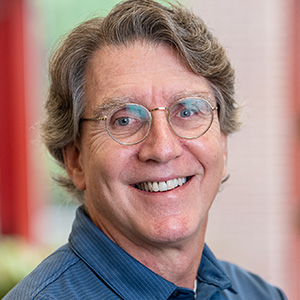Refreshing my spirit
Silence. You may be skimming this issue of ASBMB Today rather quickly before turning back to the rapid pace of your everyday life. As we become absorbed by today’s increasing demands of science and teaching, with information bombarding us through every medium, it is a wonder that we find any time to pause and reflect on our mental, physical or spiritual well-being.
Although many of us enjoy and even thrive on the excitingly rapid pace of science and discovery, teaching and counseling, and contributing to our local and global communities, how do we restore ourselves and reconnect with our values in order to persevere when life events are overwhelming?
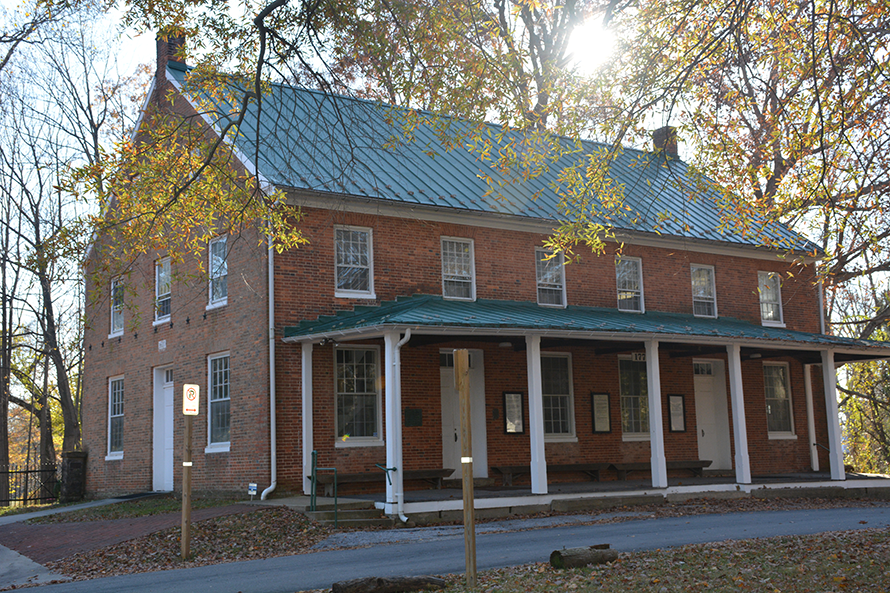 Ed Eisenstein attends meeting at the meetinghouse at Sandy Spring, Maryland, where Quakers have gathered since 1770. Initially, a log house was used for worship; this current brick structure was built in 1817.
Courtesy of Ed Eisenstein
Ed Eisenstein attends meeting at the meetinghouse at Sandy Spring, Maryland, where Quakers have gathered since 1770. Initially, a log house was used for worship; this current brick structure was built in 1817.
Courtesy of Ed Eisenstein
There is now greater appreciation for the importance of wellness in our lives, and accordingly, many avenues are available to us for physical rejuvenation. But how does one revive the spirit? For me, I restore and nourish my spirit at a meeting among Friends.
So, what do I do at a Quaker meeting?
My Quaker meeting is held in silence. Deep silence. Before I arrive at the meetinghouse, I don’t review a to-do list, read the newspaper, look at my smartphone, scroll through email or even listen to the radio. Instead, I try to clear my mind and avoid anything that might distract me from experiencing meeting for worship.
Once I arrive, I sit on a simple bench in an old, unadorned building. Our meetinghouse was built in 1817 — though Quakers have gathered on the site since 1753 — and it hasn’t changed much since then. The hand-hewn pews face one another with no altar or pulpit but simply an open space in the center of the room.
Although there aren’t many distractions, it isn’t always easy to center myself — for life reasons or because of the sounds of traffic or someone coughing. But being in a sacred place with so much history helps me become still.
Then there is the silence
When I am able to settle myself fully, first my body and then my mind, I am able to open myself to silent prayer. I begin by meditating on the gratitude I feel for all the joy in my life, for my family and community, for the ability to discern my direction so that, as a way opens in my search for truth, I can meet the challenges ahead of me more readily. I ask for faith, forgiveness, equality and peace. And I do this silently.
The silence is important. Not simply for reflection but so I can listen, carefully, to the “still, small voice” that Quakers believe dwells in everyone’s heart. The silence enables me to be more receptive to revelation and to connect with the others who are worshipping at the meeting.
Often, in deeply gathered meetings, nothing breaks the silence. But sometimes a Friend will receive a message that requires vocal ministry and will feel that it must be shared with those present. Do I ever receive a message? Certainly. But sometimes I think it is meant only for me, and sometimes I think it isn’t ready to share with the meeting. When I am led by spirit so strongly that I must share with the meeting, I recall, as a good rule of thumb, a quote attributed to Albert Einstein: “I like to keep things as simple as possible. But not any simpler.”
The meeting is over when one member, appointed as clerk, stands and shakes the hand of another. We then gather in friendship, sharing updates in our lives and hearts, and talk to newcomers who doubtless have questions about the hour that just passed. We connect with one another, our spiritual community, strengthened by the mystical bonds we have nurtured, and prepare to face the world and let our lives speak.
Enjoy reading ASBMB Today?
Become a member to receive the print edition four times a year and the digital edition monthly.
Learn moreGet the latest from ASBMB Today
Enter your email address, and we’ll send you a weekly email with recent articles, interviews and more.
Latest in Opinions
Opinions highlights or most popular articles
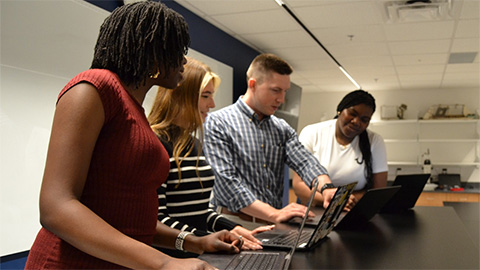
Debugging my code and teaching with ChatGPT
AI tools like ChatGPT have changed the way an assistant professor teaches and does research. But, he asserts that real growth still comes from struggle, and educators must help students use AI wisely — as scaffolds, not shortcuts.

AI in the lab: The power of smarter questions
An assistant professor discusses AI's evolution from a buzzword to a trusted research partner. It helps streamline reviews, troubleshoot code, save time and spark ideas, but its success relies on combining AI with expertise and critical thinking.
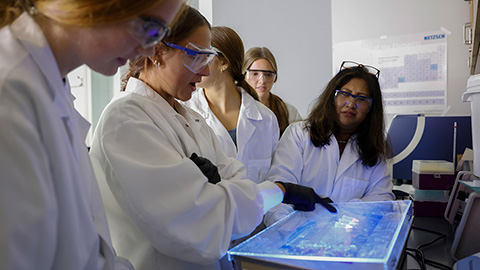
How AlphaFold transformed my classroom into a research lab
A high school science teacher reflects on how AI-integrated technologies help her students ponder realistic research questions with hands-on learning.
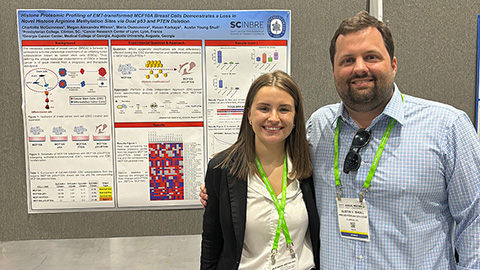
Writing with AI turns chaos into clarity
Associate professor shares how generative AI, used as a creative whiteboard, helps scientists refine ideas, structure complexity and sharpen clarity — transforming the messy process of discovery into compelling science writing.

Teaching AI to listen
A computational medicine graduate student reflects on building natural language processing tools that extract meaning from messy clinical notes — transforming how we identify genetic risk while redefining what it means to listen in science.
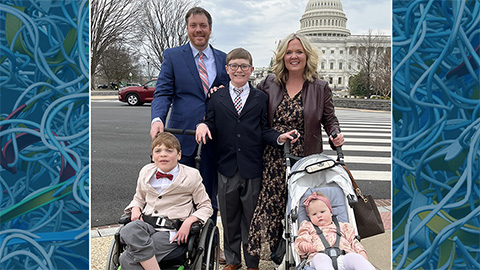
What’s in a diagnosis?
When Jessica Foglio’s son Ben was first diagnosed with cerebral palsy, the label didn’t feel right. Whole exome sequencing revealed a rare disorder called Salla disease. Now Jessica is building community and driving research for answers.

